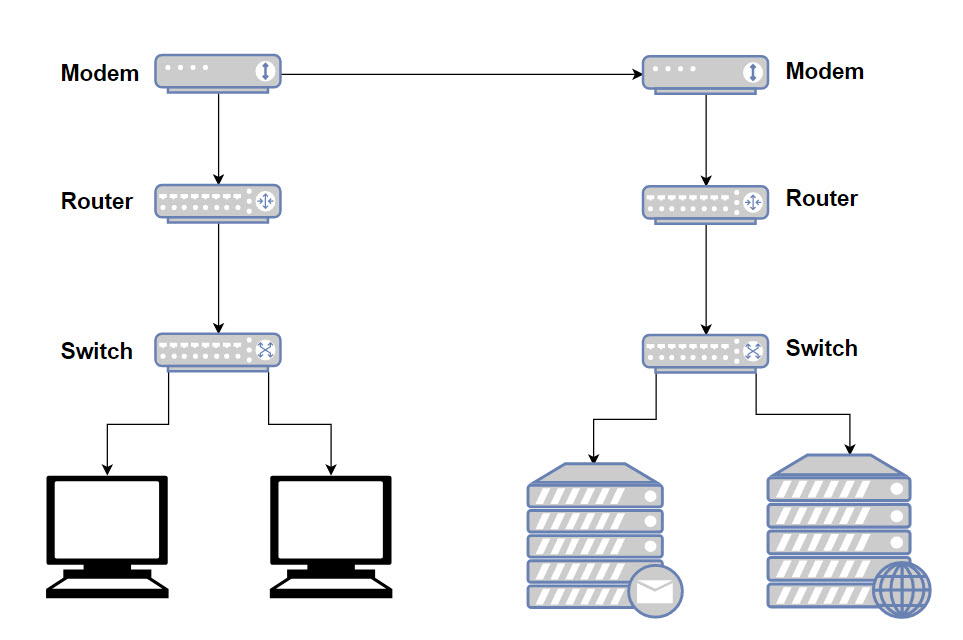


As USB connectivity became almost universal, these various standards were largely superseded by USB modems in the early 21st century. In the past the PCMCIA and ExpressCard standards were used to connect to the computer. Standalone mobile broadband modems are designed to be connected directly to one computer. It is possible to use online unlocking services that will remove the 'lock' so the device accepts SIM cards from any network. Often a mobile network operator will supply a 'locked' modem or other wireless device that can only be used on their network. Vodafone brands this type of device as a Vodem. More recently, the expression "connect card" is also used to identify internet USB keys. Major producers are Huawei, Option N.V., Novatel Wireless. The expression "connect card" (instead of connection card) had been registered and used the first time by Vodafone as brand for its products but now is become a brandnomer or genericized trademark used in colloquial or commercial speech for similar product, made by different manufacturers, too. Wireless USB modems are nicknamed as " dongles".Įarly 3G mobile broadband modems used the PCMCIA or ExpressCard ports, commonly found on legacy laptops. WiMAX based services that provide high speed wireless internet access are available in some countries and also rely on wireless modems that connect to the provider's wireless network.
MODEM VS ROUTER WIKIPEDIA PORTABLE
These wireless modems are typically in the form of a small USB based device or a small, portable mobile hotspot that acts as a WiFi access point (hotspot) to enable multiple devices to connect to the internet. Several of the mobile network operators that provide 3G or faster wireless internet access offer plans and wireless modems that enable computers to connect to and access the internet. Devices which allow internet connection sharing or other types of routing on cellular networks are called also cellular routers.Ī further evolution is the 3.5G technology HSDPA, which provides speeds of multiple Megabits per second. Due to the now increased internet speed, internet connection sharing via WLAN has become a workable reality. They routinely provide speeds over 300kbit/s. Speeds on 2.5G networks are usually in the 30–50kbit/s range.ģG networks have taken this approach to a higher level, using different underlying technology but the same principles. From the PC's viewpoint, the connection still looks like a normal PPP dial-up link, but it is all terminating on the phone, which then handles the exchange of data with the network.
MODEM VS ROUTER WIKIPEDIA PC
The PC needs to send a special telephone number to the phone to get access to the packet data connection. This allows web browsing on the phone, but a PC can also tap into this service if it connects to the phone. The network can link the data connection into a company network, but for most users the connection is to the Internet. This allows the phone to have a voice connection and a data connection at the same time, rather than a single channel that has to be used for one or the other. The 2.5G networks break both digital voice and data into small chunks, and mix both onto the network simultaneously in a process called packet switching. The release of 2.5G phones with support for packet data changed this. All of these technologies still required their users to have a dial-up ISP to connect to and provide the Internet access - it was not provided by the mobile phone network itself. A further evolution called HSCSD used multiple GSM channels (two or three in each direction) to support up to 43.2kbit/s. The next generation of phones, known as 2G (for 'second generation'), were digital, and offered faster dial-up speeds of 9.6kbit/s or 14.4kbit/s without the need for a separate modem.

While some analogue mobile phones provided a standard RJ11 telephone socket into which a normal landline modem could be plugged, this only provided slow dial-up connections, usually 2.4 kilobit per second (kbit/s) or less.


 0 kommentar(er)
0 kommentar(er)
